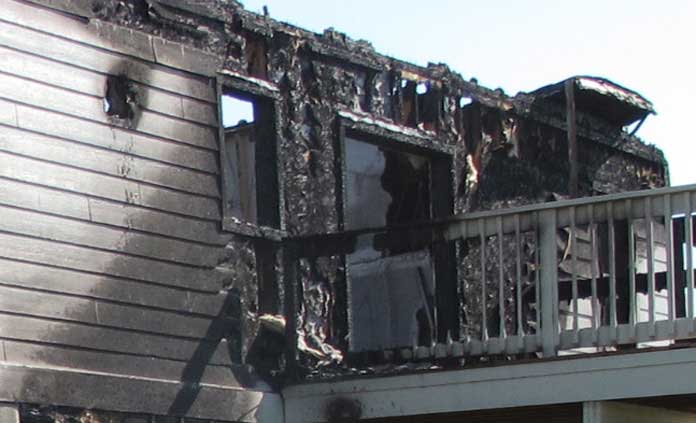The attorneys at Pritzker Hageman represent explosion victims and their families in crush injury lawsuits. We help people through the worst times in their lives. Our lawyers understand how challenging these times can be for families. We work with our clients to get them the answers, money, and justice they deserve.
Crush injuries happen when an explosion causes structural damage, sending debris flying through the air. Explosions cause serious and life-threatening injuries that can impact all parts of the body. Structural collapses typically affect the legs, arms, and torso. These kinds of crush injuries can cause bleeding, bruising, bone fracture, nerve damage, compartment syndrome, and death.

How Can Our Lawyers Help You?
1-888-377-8900 (Toll-Free) | [email protected]
What Is Compartment Syndrome?
Compartment syndrome happens when pressure rises in and around muscles. A compartment is a group of muscles, nerves, and blood cells in the arms and legs. The compartment is surrounded by fascia, which is a strong tissue that cannot expand. When a crush injury causes bleeding or swelling in the compartment, pressure can build up and restrict blood flow, causing permanent damage that can lead to amputation if left untreated. Symptoms of compartment syndrome include the following:
- Muscle bulging or swelling
- Numbness
- Muscle pain
- Severe pain when stretching
- Muscle tightness
- Paresthesias (tingling or burning sensation in or under the skin)
What Is Crush Syndrome?
Crush syndrome (also called traumatic rhabdomyolysis or Bywaters’ syndrome), happens when a crush injury restricts blood flow to skeletal muscle. This causes the decreased oxygen level to trigger the release of more myoglobin (an oxygen-carrying protein) into the bloodstream. As the muscle breaks down, electrolytes are released. When the trapped body part is freed, the elevated levels of myoglobin and electrolytes re-enter the circulatory system where they can trigger heart or kidney failure.
Examples of Explosion Crush Injuries
- A husband and wife are on their porch grilling when their grill explodes, causing the wall to cave in. The wall falls on top of the husband and crushes his leg.
- A house explodes while a couple is in their basement. The explosion causes the ceiling to fall on top of them; they suffer broken bones and need substantial medical care after the explosion.
- Two employees are working on a catwalk when an explosion occurs. The employees are thrown to the ground, and the catwalk falls on top of them. The employees suffer broken bones from the fall and crush injuries from the catwalk falling on them.
- A person working on an oil well is killed when the well explodes and workers are struck by large pieces of metal flying off of the oil well.
- A person is standing on a ladder when an explosion occurs. The person falls to the ground and is severely injured when a large steel plate crushes their legs.
- An employee of a company is welding piping on a large oil tank when an explosion occurs, causing the employee to fall and the tank to fall on top of the employee.
- A person is killed when a bulk storage tank explodes, sending a steel cover into the air and striking the person’s head.
- A person is killed when their head is crushed by a steel pipe after it exploded off of an air compressor unit.
- An employee of a gas station is killed when an explosion occurs as the employee is transferring diesel fuel from one truck to another. The employee is pushed to the ground and suffers broken bones and other internal injuries caused by the explosion.
- An employee is struck by an oil storage tanker lid when the oil storage tanker that the employee is standing next to explodes.
- A person is sitting in their home when a propane explosion causes their wall to collapse and crush them. They suffer major injuries to their bones and internal organs.

This is a photo of the damage to the house of a client caused by an explosion. Our client was blown off of his deck and severely injured in the blast.